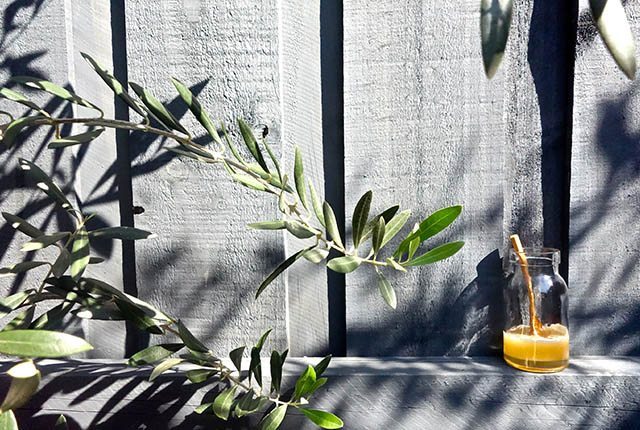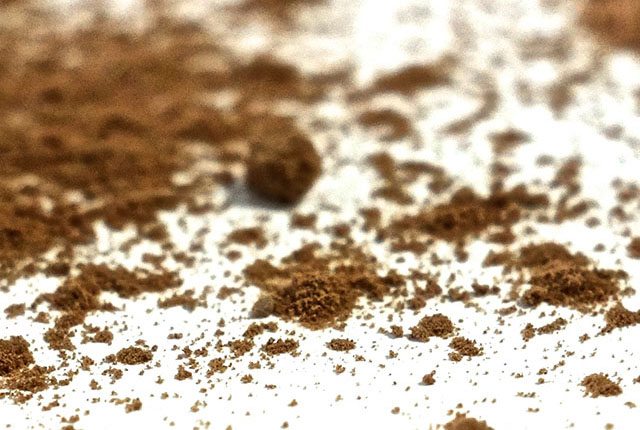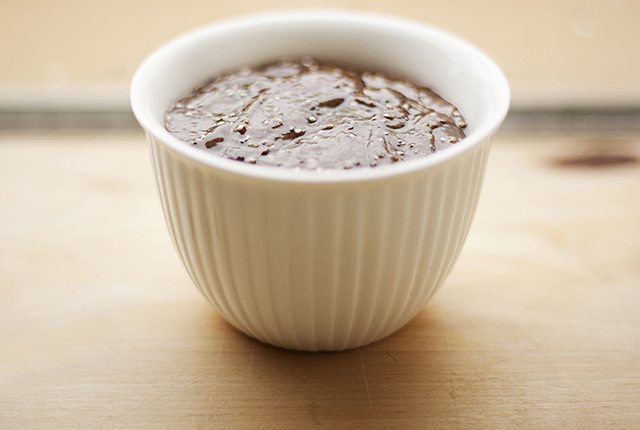
 “A day without a friend is like a pot without a single drop of honey” – the fat bear was right, life without friends or honey is a miserable one. I’m not sure if you have heard, but there is a honey shortage in Australia this year. The solution? Eat MORE, not less, honey!
“A day without a friend is like a pot without a single drop of honey” – the fat bear was right, life without friends or honey is a miserable one. I’m not sure if you have heard, but there is a honey shortage in Australia this year. The solution? Eat MORE, not less, honey!
Australian farmers have a tough enough time as it is making honey as there is a lot of competition from overseas bringing in cheap, nasty, processed honey, so it is really important we go out of our way to buy 100% raw organic Australian honey as much as we can during this shortage to support the struggling trade – we will miss it when it’s gone!
What is raw honey?
Raw honey is straight from mother nature – it means it has not been treated by heat or been pasteurised meaning it has has giant nutritional benefits, as well as antibacterial, antiviral, and anti-fungal properties. The nutrients in raw honey are destroyed by heating and pasteurisation, some people say that pasteurised honey is just as bad for you as refined sugar.
Aside from that, it is a thousand times more delicious than the non raw honey you get from the supermarket.
Why is raw honey good for me?
Raw honey contains the phytonutrients caffeic acid, methyl caffeate, phenylethyl caffeate and phenylethyl dimethylcaffeate and contains 27 minerals, 22 amino acids and 5,000 live enzymes, which makes it an alkaline-forming food and has anti-viral, anti-bacterial, anti-fungal properties and is a powerful antioxidant.
Due to the above, raw honey is excellent for digestion, immunity, allergies, skin wounds and infections. Raw honey can also help stabilize blood pressure, balance sugar levels, relieve pain and calm nerves. Raw honey is also anti-inflammatory and has been known to effectively treat respiratory conditions such as bronchitis and asthma.
One good tip is that by consuming local raw honey you can help your body to to adapt to its environment. As raw honey contains pollen, consuming raw honey can help alleviate allergies such as hay fever as it helps build up immunity.
One word or caution though, raw honey is still a sugar and contains a lot of fructose. You probably know there is a lot of fructose in things like fruit and honey, and most people are ok consuming up to 2 pieces of fruit a day with no related gut issues. Mother Nature knows best so fructose in this form is ok (except for those with giant intolerances to it of course) but with most sugars it is the over consumption of it that gets people into trouble. So eat raw honey as it is nourishing and an excellent replacement for sugar, but don’t over do it – one daily spoonful is all that is needed to reap these benefits.
 Where can I get raw honey it from?
Where can I get raw honey it from?
It’s actually not hard to find really good raw organic honey. Especially in Melbourne where we are so blessed with good grocers. Most green grocers will stock some variety, and if that doesn’t work out, try online or your favourite market will have some.
Australian raw honey is some of the best in the world (apart from NZ :P) with awesome boutique honey farmers such as Melbourne City Rooftop Honey, Berringa Honey and Raw Honey Vic.
What to look for when buying raw honey:
When buying raw honey, look for the words “raw”, “organic”, “100% Australian” or “100% New Zealand” honey. If it doesn’t say those things on it, it probably is crap. I know if honey is good or not when I make honey-soy chicken – crap honey burns long before the chicken is even cooked!
Typically honey found in the supermarkets is bright yellow and runny – this means it has had the life beaten from it and is basically liquid sugar. Raw honey on the other hand is solid, opaque, is more of a whitish colour and retains all the goodness that those good little worker bees slaved away so hard to give us.
Organic raw honey is by far more preferable than non organic. The farmers of organic honey have to meet extensive, rigorous testing criteria to be certified. Sampling to make sure the honey isn’t mixed with non-organic honey, sugar or antibiotics is regularly taken out and then there is many other documentation points to make sure the hives are away from pesticides and other nasty stuff.
The other reason to buy organic, is that pesticides kill bees. We reply on bees to pollinate over 80% of our food crops – without bees there is no you and me! By choosing organic you are helping to save the bees, and yourself!
As mentioned, Australia and New Zealand make some of the best raw honey in the world due to our clean green standards. NZ in particular is well known for its beautiful blends of Clover and Manuka, while Australia has some delicious natives such as White Brittle Gum. You can get quite wankery with honey as there are so many varieties and flavours – I encourage you to try as many as possible with a monocle on.
How to use raw honey:
Raw honey is delicious on toast and melts pretty easily. I mainly use it by gently melting it into liquid form for things like “Friendship Spread“, “Marriage Loaf” or a lot of other raw treats. It is an excellent replacement for sugar in baking and cooking.
Honey is considered raw if it is not heated over 35°C or 95°F. To turn to liquid, simply heat the honey jar in warm water until it turns into a liquid state. I wouldn’t worry too much about being exact here, if you do it gently and slowly and only until it is melted (don’t blitz the thing!) you are most likely under the raw threshold. If you start boiling it or going overboard this is when it is no longer raw – remember, in factories they use heavy machines to nuke the shit out of the honey which is hard for you to replicate that intensity at home. Once in liquid form, it won’t crystallise again for a while, so if you do prefer honey in liquid form, melt some down a keep it aside for later use.
As raw honey is also anti-bacterial, so it makes a fun, sticky and delicious topical treatment for wounds and skin issues – just put in on and cover it with a bandage or try not to touch anything for a few hours.
How to store raw honey:
The coolest thing about raw honey, is it never goes off! WTF?! This makes it ideal for sitting on the shelf in the cupboard. Unlike most health foods, it’s ok to have this hanging around for a long time. Archaeologists have found perfectly preserved pots of raw honey in thousand-year-old tombs, as fresh as the day it was gathered. This is credited to it’s unique chemical makeup – it lacks water, is highly acidic and contains hydrogen peroxide.
Make sure to close the honey jar tight – the exception to the above rule is if the honey is exposed to air or water, it will spoilt.
You can find delicious recipes with raw honey here.





